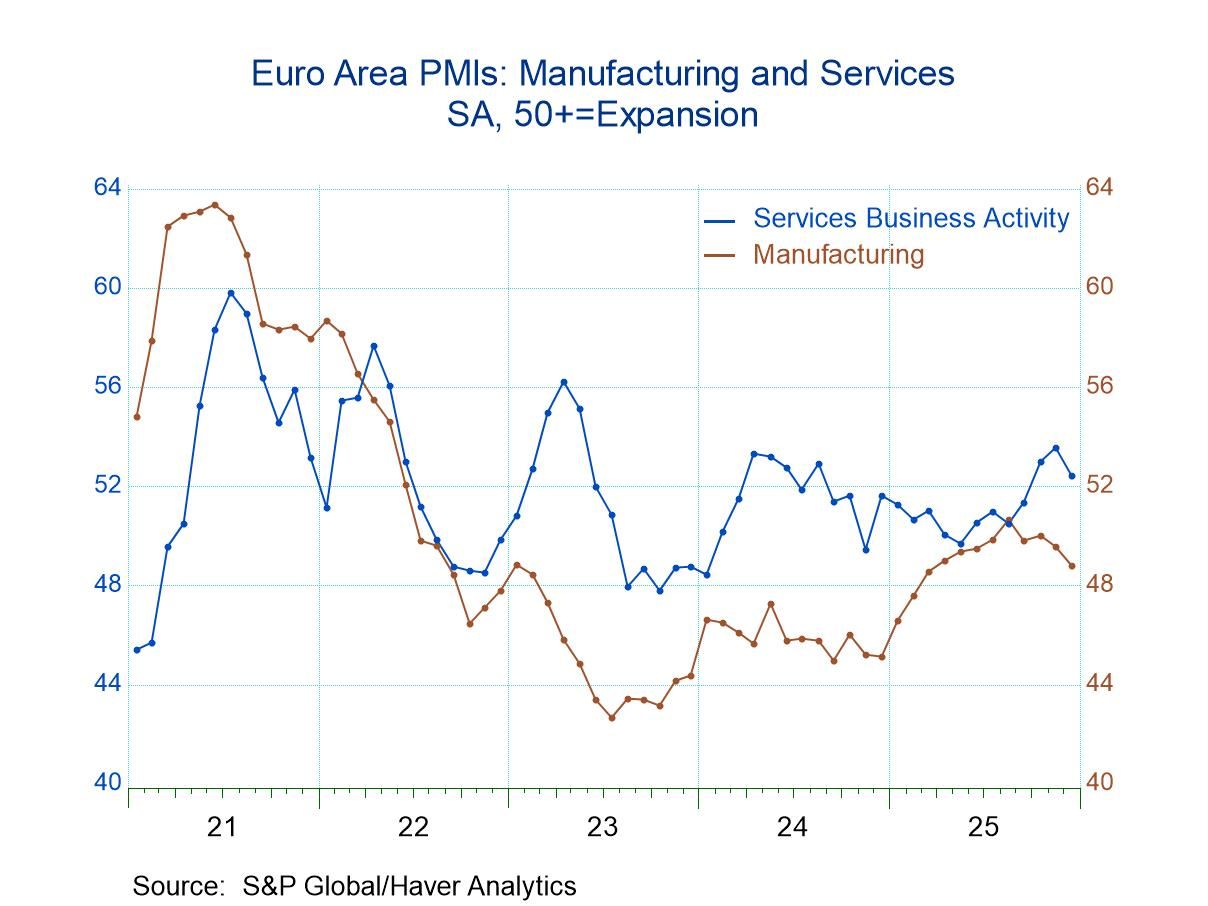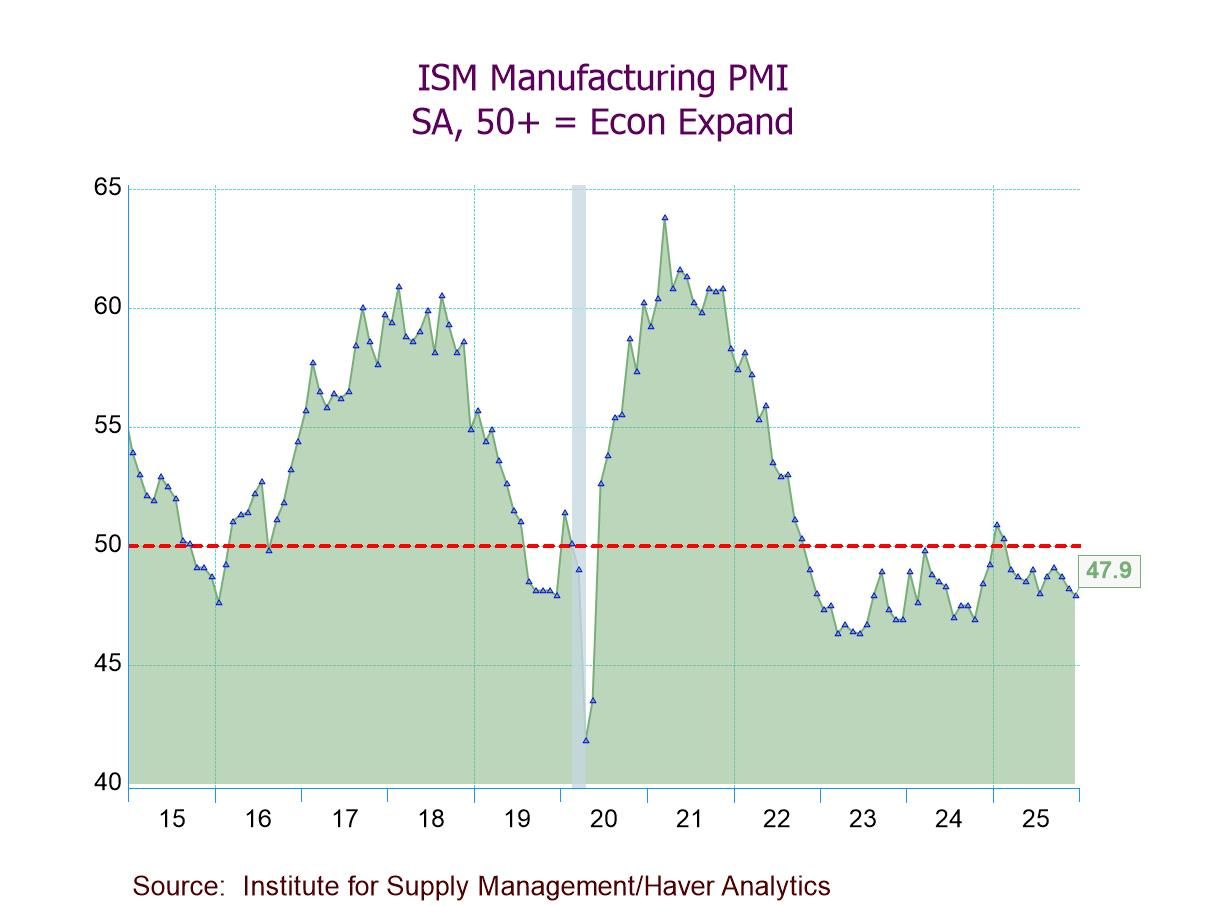 Global| May 27 2021
Global| May 27 2021Two Profit Measures & Two Different Stories: GDP Profits Are Unchanged, While S&P Profits Soar
Summary
In Q1, GDP-based operating profits for all US companies were unchanged from the fourth quarter of 2020 and posted a 12.7% gain from the comparable period one year ago. The reported profit performance of S&P 500 companies was markedly [...]
In Q1, GDP-based operating profits for all US companies were unchanged from the fourth quarter of 2020 and posted a 12.7% gain from the comparable period one year ago. The reported profit performance of S&P 500 companies was markedly better. Q1 reported operating profits for S&P 500 companies jumped 25% over the Q4 level and were up 150% in the past year. ,
The GDP-based measure of profits and the reported figures by S&P 500 companies are not strictly comparable because of different accounting conventions. The GDP measure is based on a tax accounting framework and only reflects the income generated from current production. In contrast, S&P 500 companies use a financial accounting framework to report profits to shareholders.
Financial accounting allows companies to include non-operating profits and losses. The most significant non-operating items are capital gain income and losses. Capital gains and losses can result from trading activities, a revaluation, or the sale of an asset. GDP-based operating profits exclude swings in capital income because they result from mark-to-market changes in asset values and do not reflect earnings from new production or output.
Past studies by the Bureau of Economic Analysis (BEA) have found that capital gain income and losses can amount to hundreds of billions in any given year. By itself, it can explain much of the difference in the operating profit measures.
The significant divergence in the two profit series in the past year reflects substantial capital losses in 2020 and considerable market capital gains in 2021. For example, S&P reported operating profits plunged 50% in Q1 2020 over Q4 2109, reflecting the plunge in equity prices, whereas GDP profits fell one-fifth as much. That reversed in Q1 2021 as equity prices surged to record highs.
In Q1, the ratio of reported S&P 500 operating profits to GDP profits hit a new record of .70%, far above the previous high of .64% posted during the tech equity bubble of 2000. That outperformance is a function of equity asset inflation and not a superior operational performance of S&P companies. In other words, an equity market correction would hit reported S&P reported profits doubly hard but will hardly move the needle on GDP profits.
Viewpoint commentaries are the opinions of the author and do not reflect the views of Haver Analytics.Joseph G. Carson
AuthorMore in Author Profile »Joseph G. Carson, Former Director of Global Economic Research, Alliance Bernstein. Joseph G. Carson joined Alliance Bernstein in 2001. He oversaw the Economic Analysis team for Alliance Bernstein Fixed Income and has primary responsibility for the economic and interest-rate analysis of the US. Previously, Carson was chief economist of the Americas for UBS Warburg, where he was primarily responsible for forecasting the US economy and interest rates. From 1996 to 1999, he was chief US economist at Deutsche Bank. While there, Carson was named to the Institutional Investor All-Star Team for Fixed Income and ranked as one of Best Analysts and Economists by The Global Investor Fixed Income Survey. He began his professional career in 1977 as a staff economist for the chief economist’s office in the US Department of Commerce, where he was designated the department’s representative at the Council on Wage and Price Stability during President Carter’s voluntary wage and price guidelines program. In 1979, Carson joined General Motors as an analyst. He held a variety of roles at GM, including chief forecaster for North America and chief analyst in charge of production recommendations for the Truck Group. From 1981 to 1986, Carson served as vice president and senior economist for the Capital Markets Economics Group at Merrill Lynch. In 1986, he joined Chemical Bank; he later became its chief economist. From 1992 to 1996, Carson served as chief economist at Dean Witter, where he sat on the investment-policy and stock-selection committees. He received his BA and MA from Youngstown State University and did his PhD coursework at George Washington University. Honorary Doctorate Degree, Business Administration Youngstown State University 2016. Location: New York.






